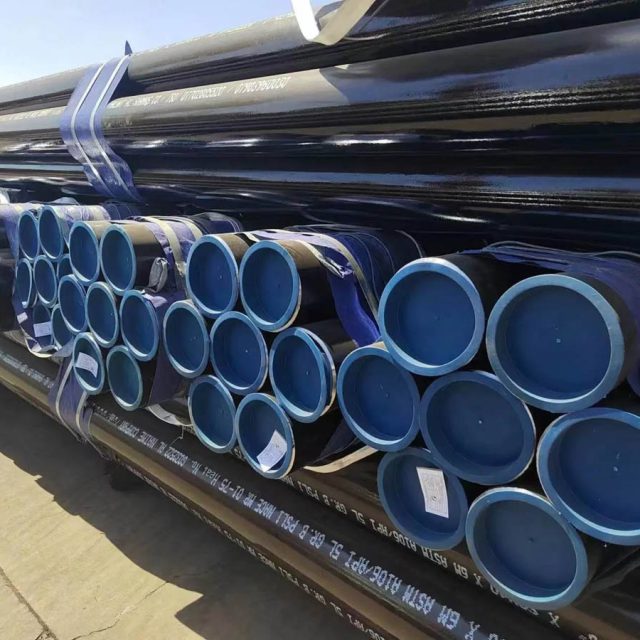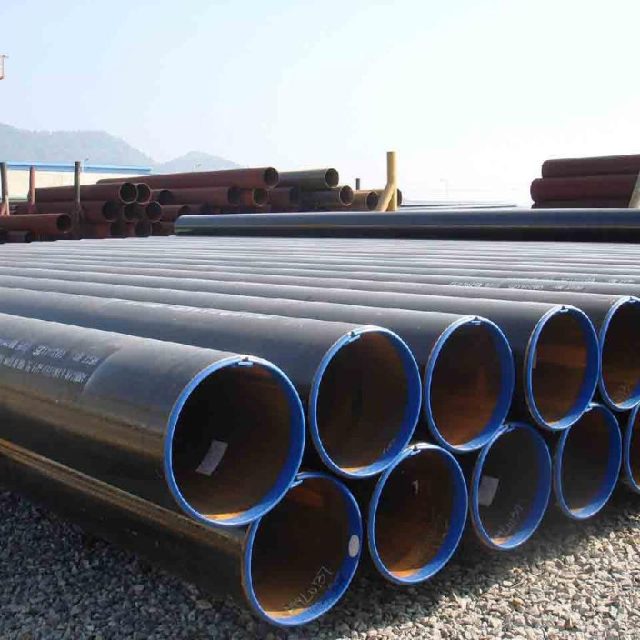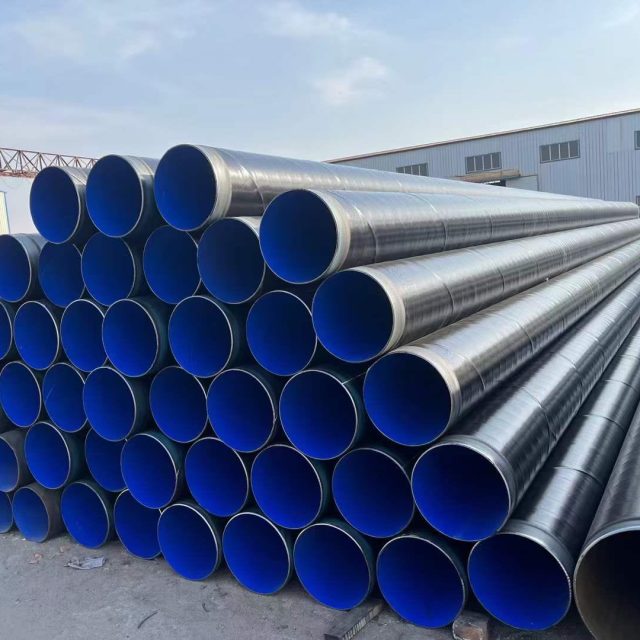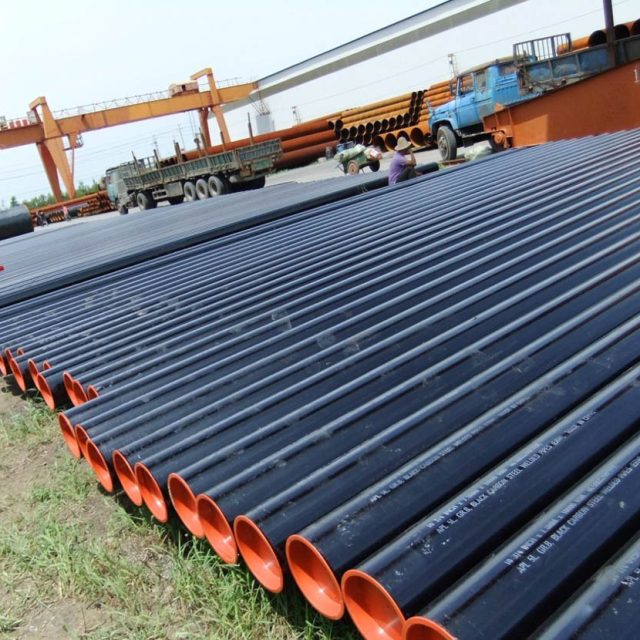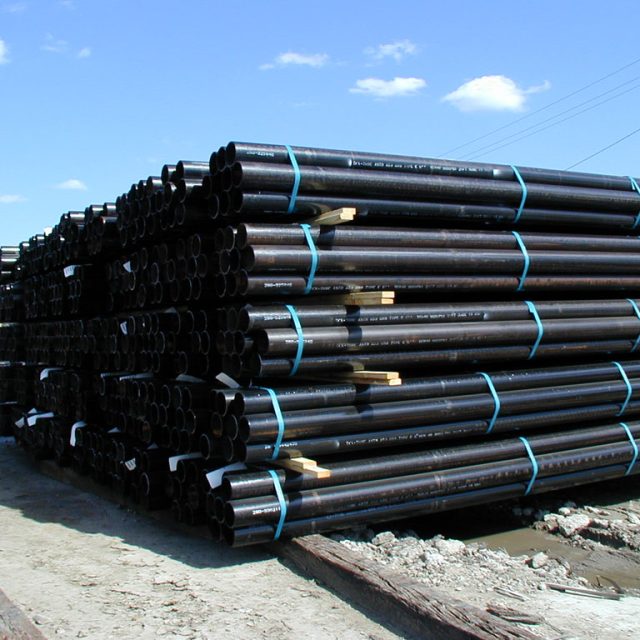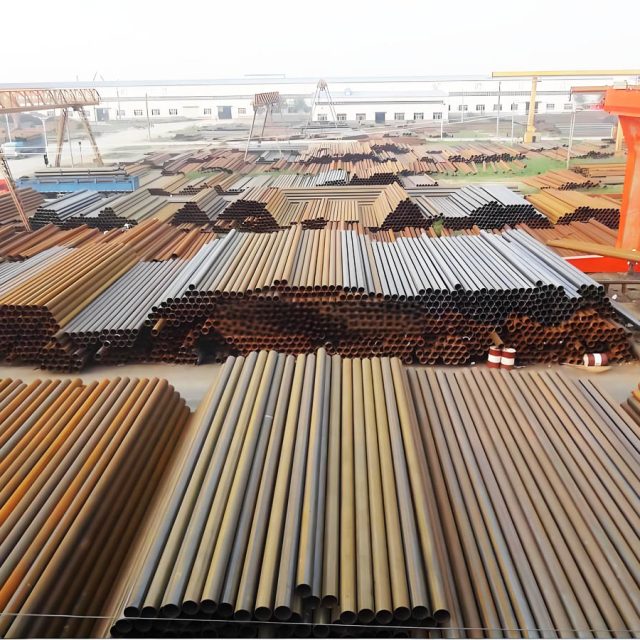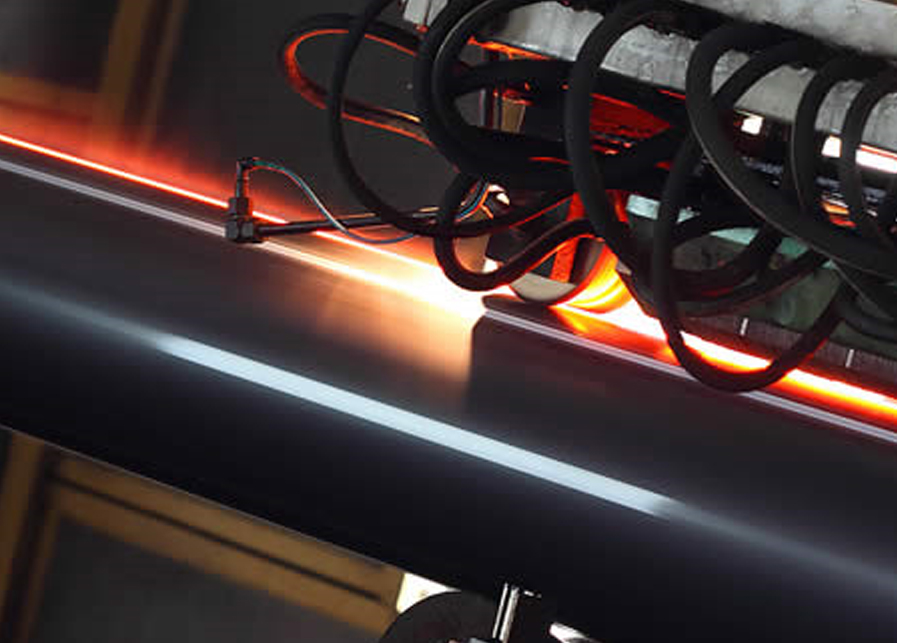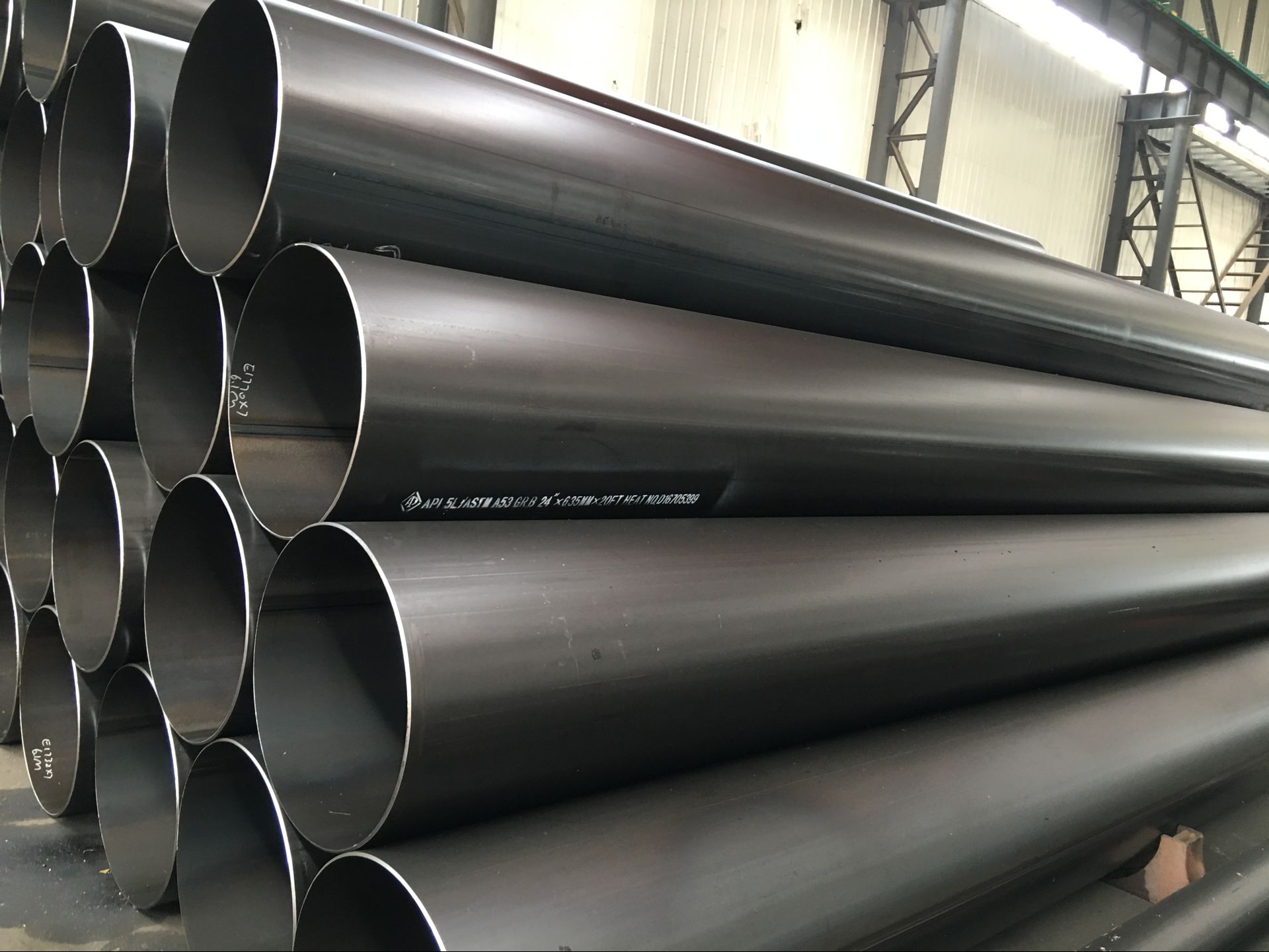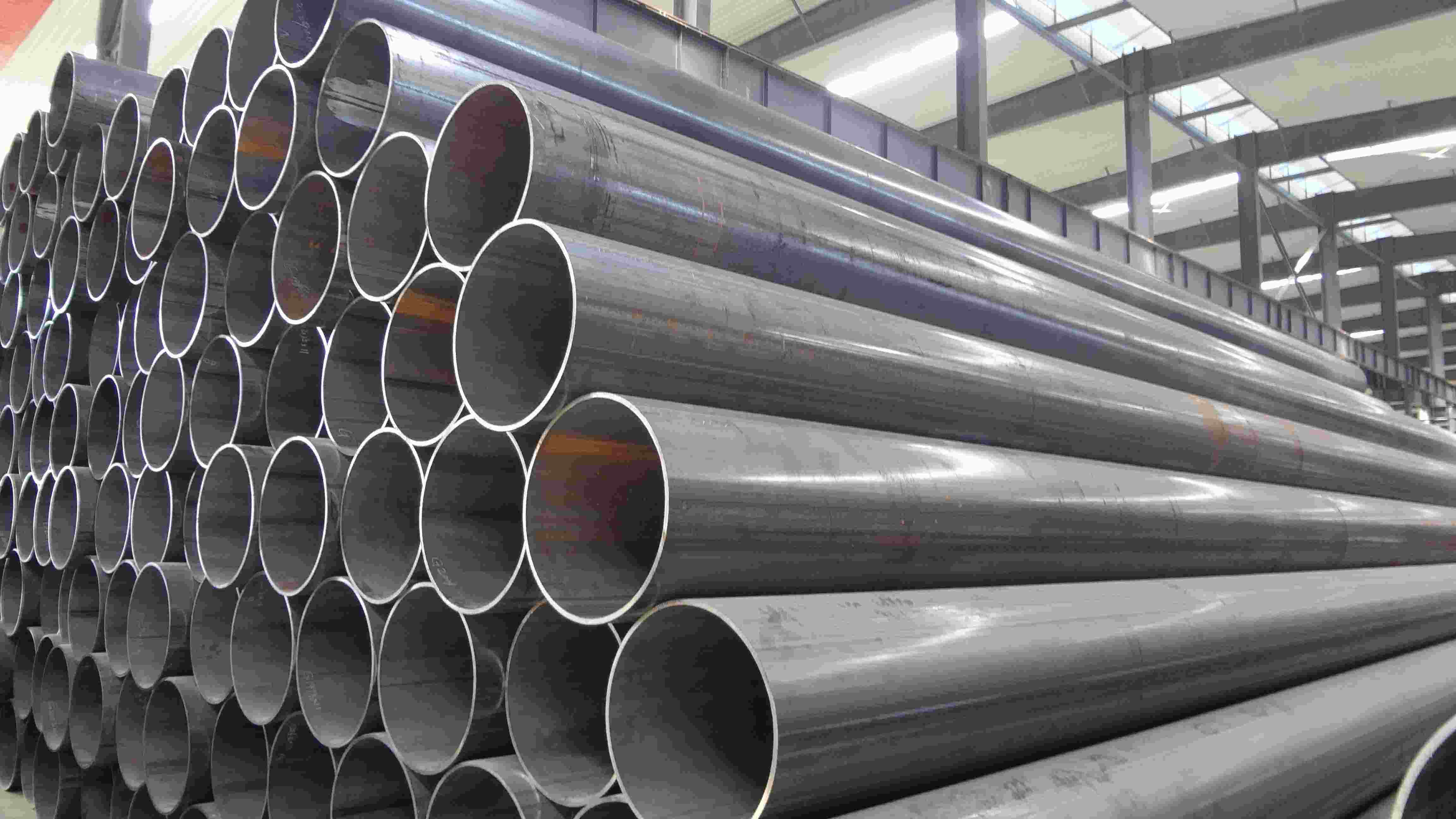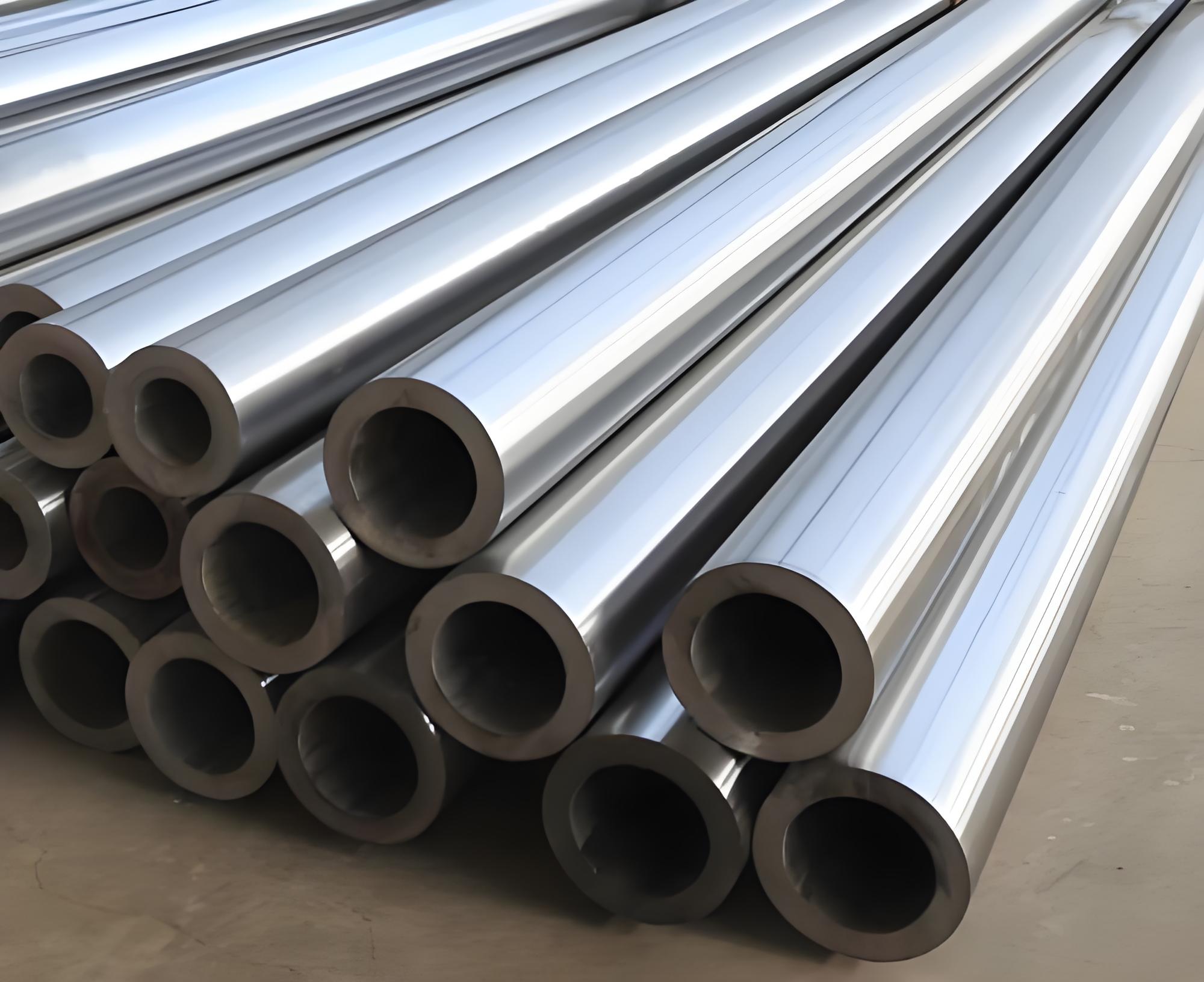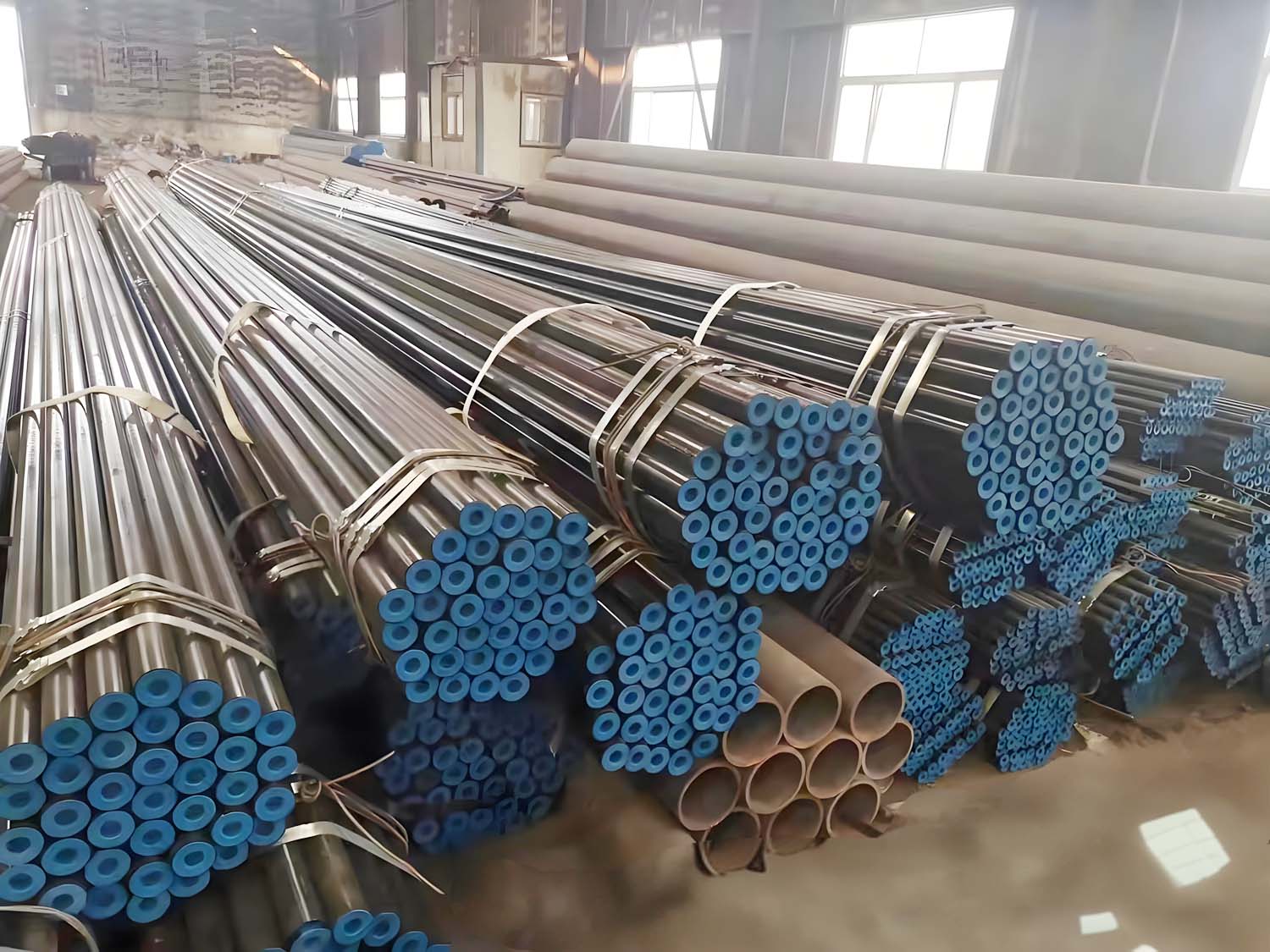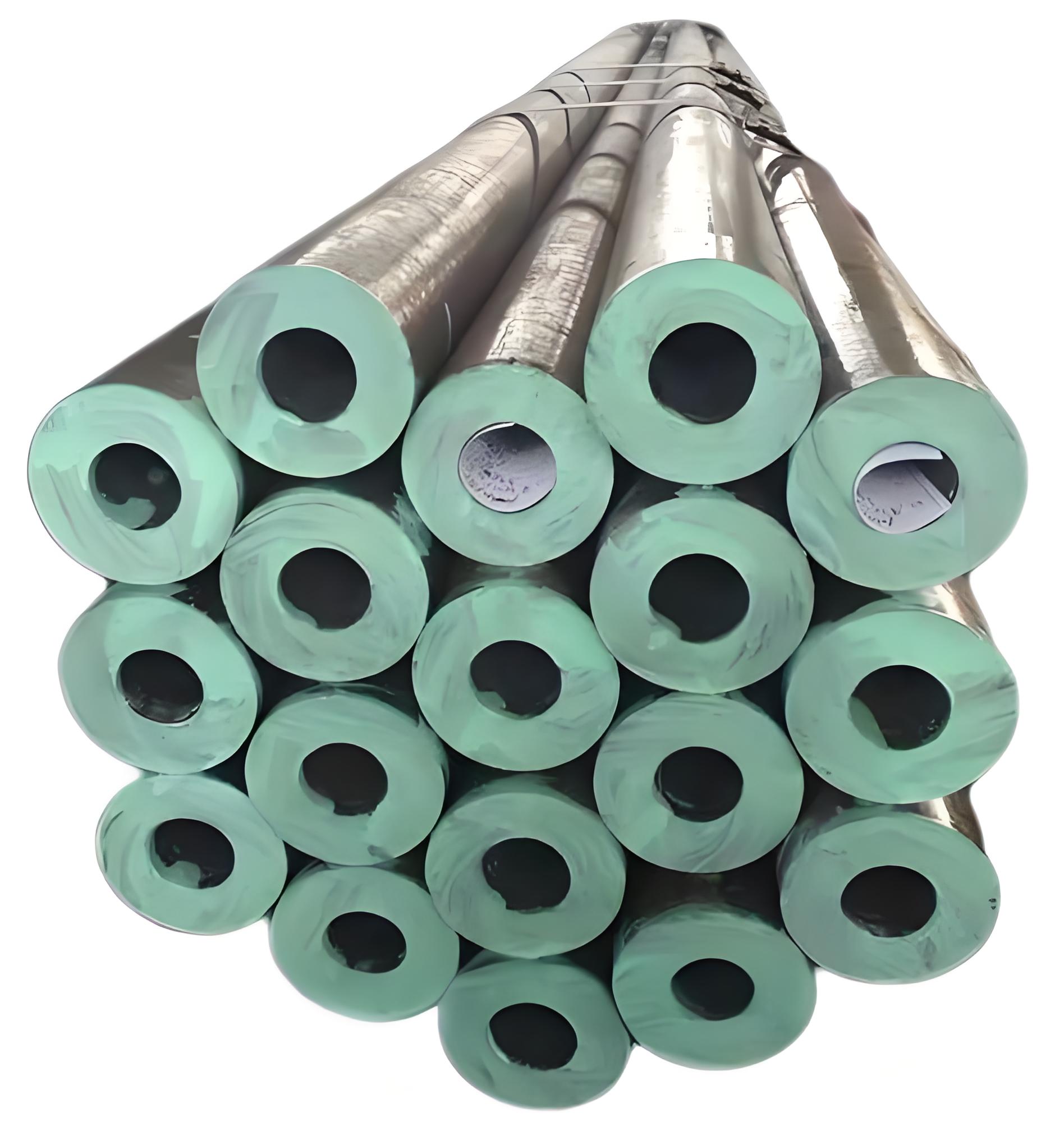API 5L ERW Pipe Line
API 5L ERW Pipe Line
The API 5L specification covers seamless and welded steel line pipes. These are primarily used for the transportation of water, oil, and gas in the petroleum and natural gas industries. Electric Resistance Welded (ERW) pipes are one of the types specified under API 5L.
Scope and Application
- Scope: API 5L specifies requirements for the manufacture of two product specification levels (PSL 1 and PSL 2) of line pipe.
- Application: These pipes are used in pipeline transportation systems in the petroleum and natural gas industries. They are designed for conveying gas, water, and oil.
Manufacturing Process
- Electric Resistance Welded (ERW) Pipe: ERW pipes are manufactured by cold forming a flat steel strip into a round cylindrical shape. The longitudinal edges are then welded together using an electric resistance welding process, producing a continuous seam.
Specification and Grades
API 5L ERW pipes are available in various grades, each designed to cater to specific requirements:
- PSL 1: Basic quality level, suitable for standard applications.
- PSL 2: Higher quality level, with more stringent chemical and mechanical property requirements.
Common Grades
- Grade A
- Grade B
- Grade X42
- Grade X46
- Grade X52
- Grade X56
- Grade X60
- Grade X65
- Grade X70
Grades and Mechanical Properties
API 5L ERW pipes are available in several grades, with the most common being Grades B, X42, X52, X60, X65, and X70. The mechanical properties vary by grade and product specification level (PSL 1 or PSL 2).
| Grade | Yield Strength (min) | Tensile Strength (min) |
|---|---|---|
| B | 35,500 psi (245 MPa) | 60,200 psi (415 MPa) |
| X42 | 42,000 psi (290 MPa) | 60,200 psi (415 MPa) |
| X52 | 52,000 psi (360 MPa) | 66,700 psi (460 MPa) |
| X60 | 60,200 psi (415 MPa) | 75,400 psi (520 MPa) |
| X65 | 65,300 psi (450 MPa) | 77,500 psi (535 MPa) |
| X70 | 70,300 psi (485 MPa) | 82,700 psi (570 MPa) |
Chemical Composition
The chemical composition of the steel used for API 5L ERW pipes varies by grade and product specification level. Below is a general overview:
| Element | Max % by Mass (PSL 1) | Max % by Mass (PSL 2) |
|---|---|---|
| Carbon (C) | 0.26-0.28 | 0.22-0.24 |
| Manganese (Mn) | 1.20-1.40 | 1.20-1.45 |
| Phosphorus (P) | 0.030 | 0.025 |
| Sulfur (S) | 0.030 | 0.015 |
| Silicon (Si) | 0.45 | 0.45 |
Dimensional Tolerances
- Diameter: ±0.75% of the specified outside diameter.
- Wall Thickness: The wall thickness at any point shall not be more than 12.5% under the specified nominal wall thickness (for PSL 1) and more stringent requirements for PSL 2.
Dimensions and Tolerances
API 5L ERW pipes come in various dimensions, typically specified by outside diameter (OD) and wall thickness (WT):
- Outside Diameter (OD): 21.3 mm to 660 mm (0.84 inch to 26 inches)
- Wall Thickness (WT): 2.11 mm to 30.18 mm (0.083 inch to 1.188 inch)
The permissible variations in dimensions are as follows:
- Outside Diameter: ±0.75%
- Wall Thickness: ±12.5%
- Length: Standard lengths range from 6 meters to 12 meters (20 feet to 40 feet).
Length and End Finish
- Standard Lengths: Range from 20 to 40 feet, but custom lengths can be provided.
- End Finish: Pipes can be plain-ended, beveled, or with threaded ends as required. End protection can be applied to prevent damage during handling and transportation.
Testing and Inspection
- Hydrostatic Test: Each length of pipe must undergo a hydrostatic test without showing any leakage.
- Tensile Test: Required per lot to ensure compliance with mechanical property requirements.
- Flattening Test: Required per lot to ensure the pipe can be deformed without cracking.
- Visual Inspection: Each pipe is inspected for surface defects and straightness.
Heat Treatment
Heat treatment processes can vary based on the grade and manufacturing method. For ERW pipes, the welded seam may undergo post-weld heat treatment to ensure uniformity and strength.
Marking
Each pipe must be legibly marked with the following:
- Manufacturer’s name or trademark.
- Specification number (API 5L).
- Grade of steel.
- Product specification level (PSL 1 or PSL 2).
- Size and weight.
- Heat number or other identifiers to ensure traceability.
Coating and Protection
- Coating Options: Pipes can be supplied with various coatings such as black, galvanized, or other finishes to prevent corrosion.
- End Protection: Pipes can be supplied with caps or other means to protect the ends during handling and transport.
Applications (continued)
API 5L ERW pipes are used in various applications in the oil and gas industry:
- Pipeline Transportation: For conveying oil, gas, and water.
- Structural Applications: Used in construction for structural purposes.
- Onshore and Offshore Projects: Suitable for both onshore and offshore pipeline installations.
- Sour Service: Some grades and specifications are designed to withstand sour service conditions, which involve exposure to hydrogen sulfide (H₂S).
Environmental and Safety Considerations
- Handling: Proper handling procedures must be followed to prevent injuries and damage to the pipes.
- Storage: Pipes should be stored in a dry, well-ventilated area to prevent rust and corrosion.
- Safety: Ensure that all safety guidelines and regulations are followed during the installation and maintenance of pipelines.
Documentation and Compliance
- Certification: Each shipment is accompanied by the necessary documentation, including test reports and certificates of compliance with API 5L standards.
- Traceability: Pipes are marked and documented to ensure full traceability from the manufacturer to the end user.
Summary
API 5L ERW pipes are critical components in the petroleum and natural gas industries for their strength, reliability, and versatility. The standard ensures that the pipes meet specific mechanical and chemical requirements, making them suitable for transporting oil, gas, and water, as well as for structural applications in both onshore and offshore projects.
For more detailed specifications or particular inquiries, please consult the full API 5L standard or contact the manufacturer.

